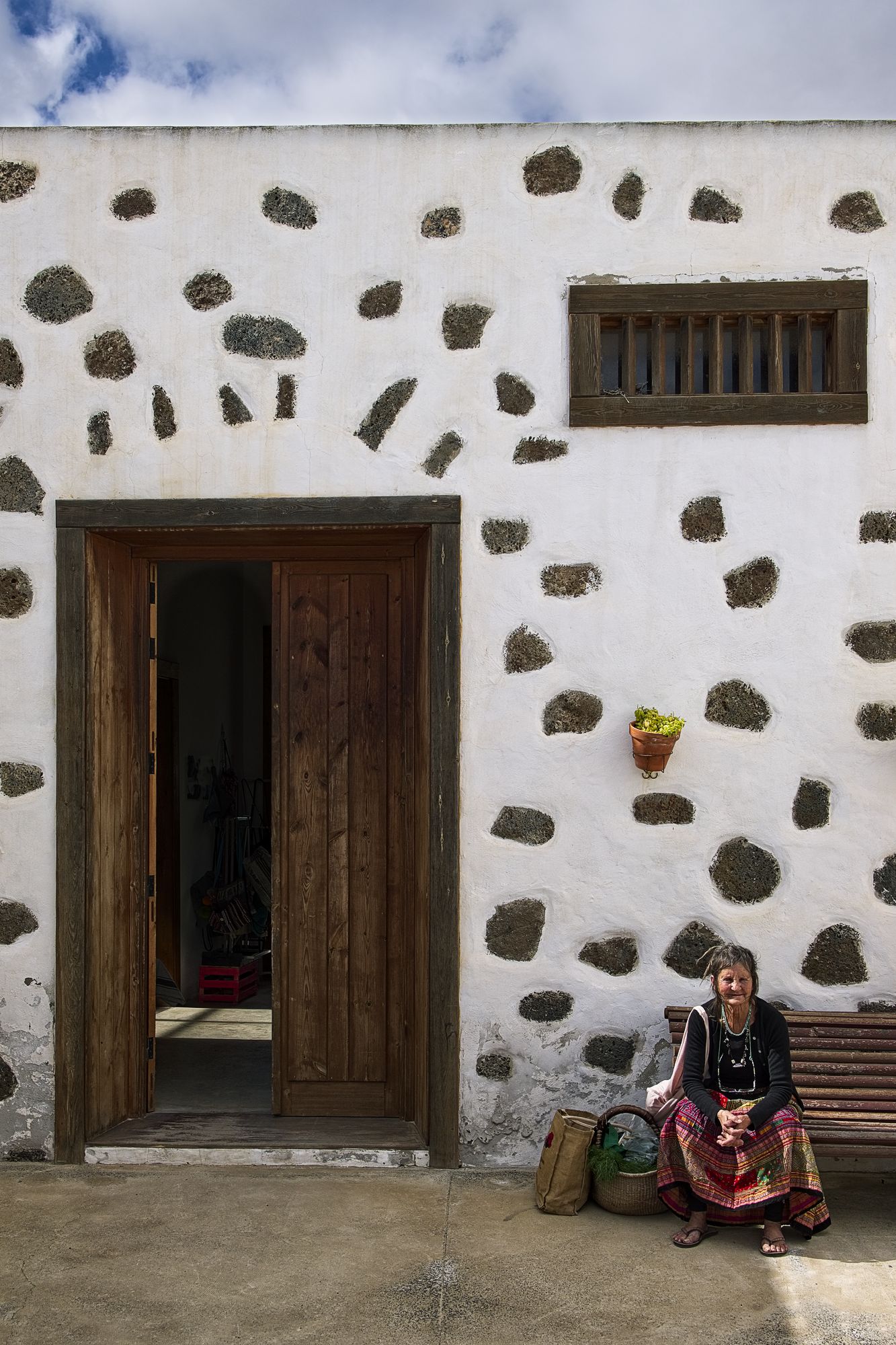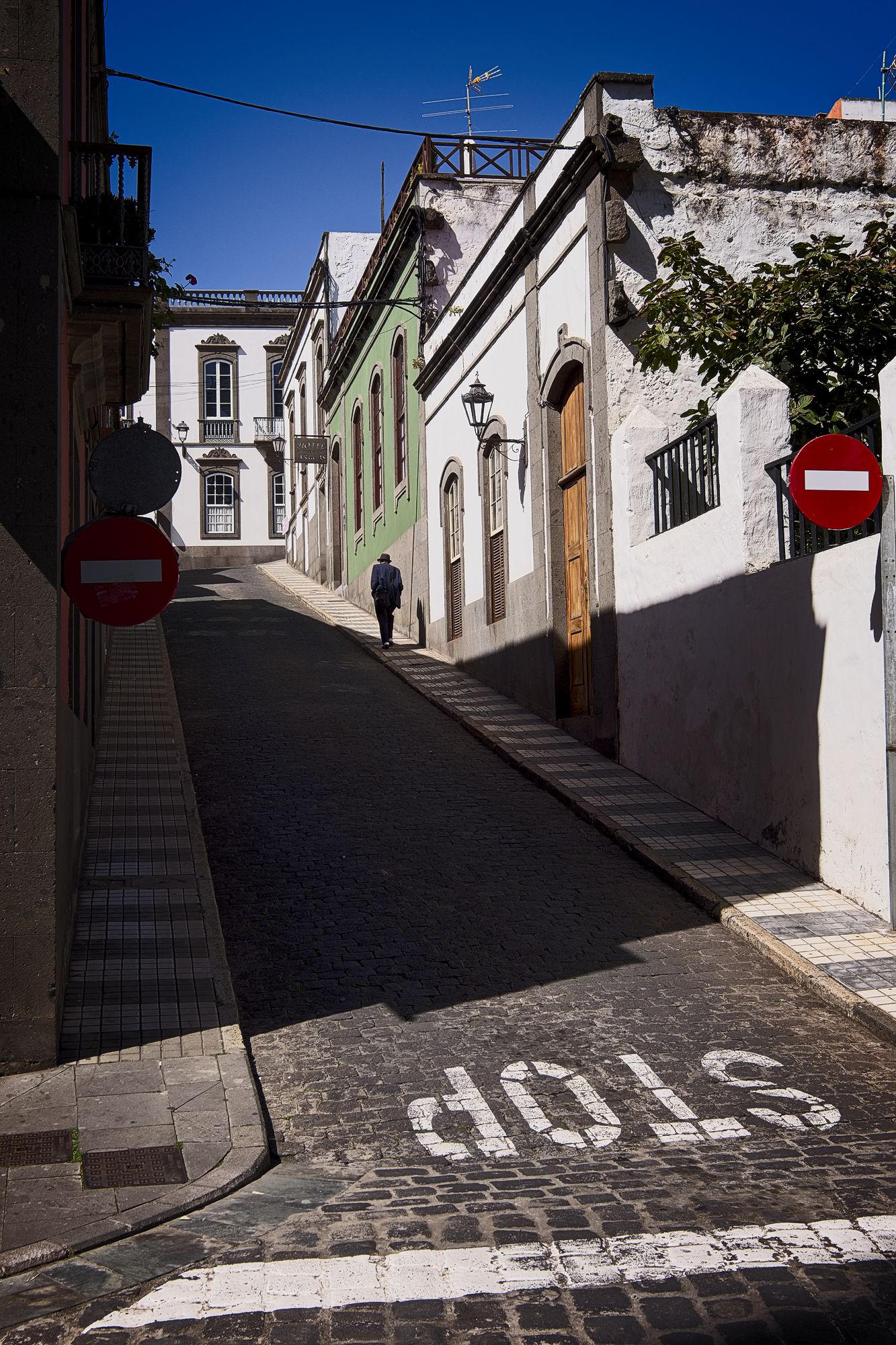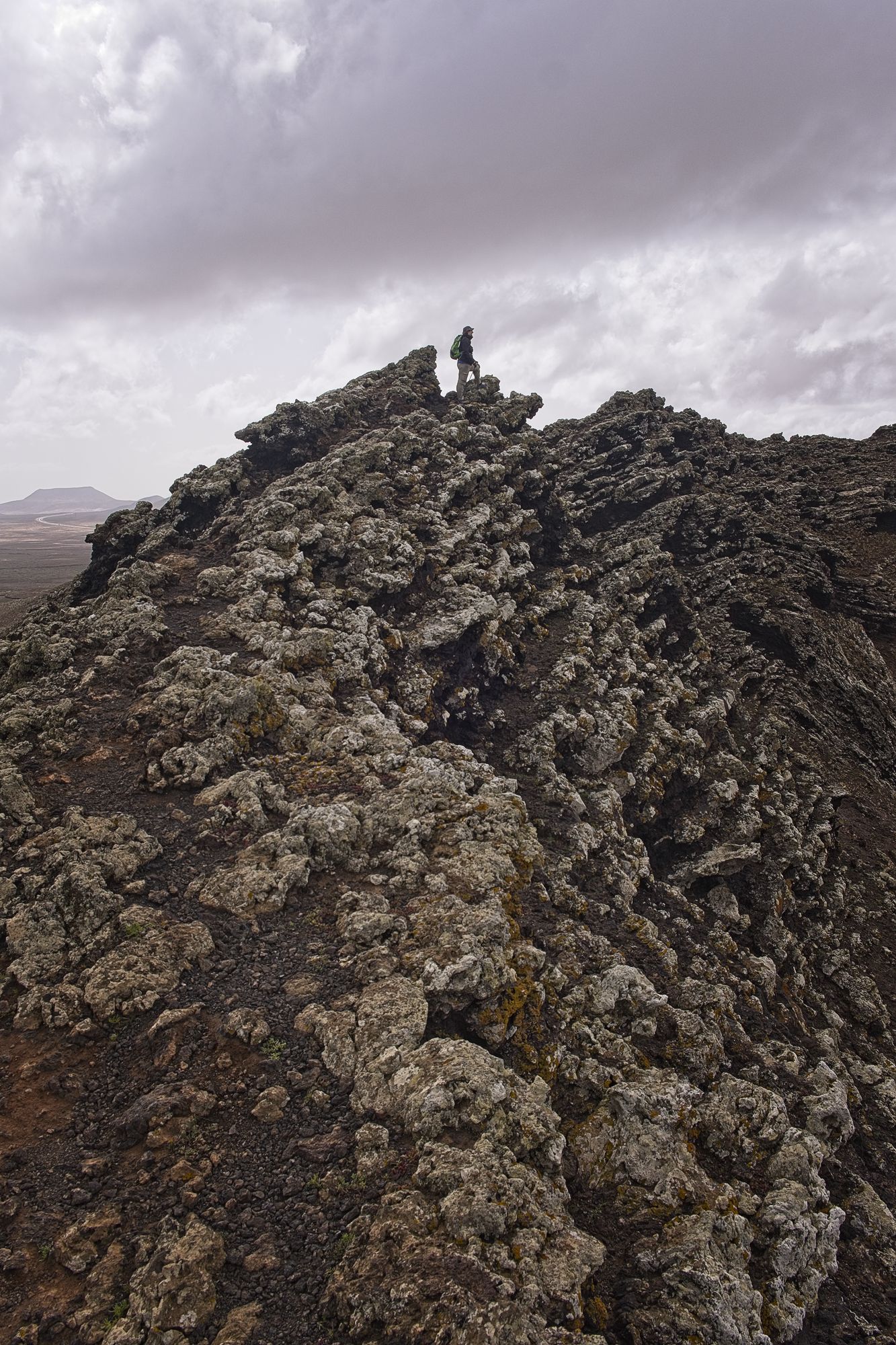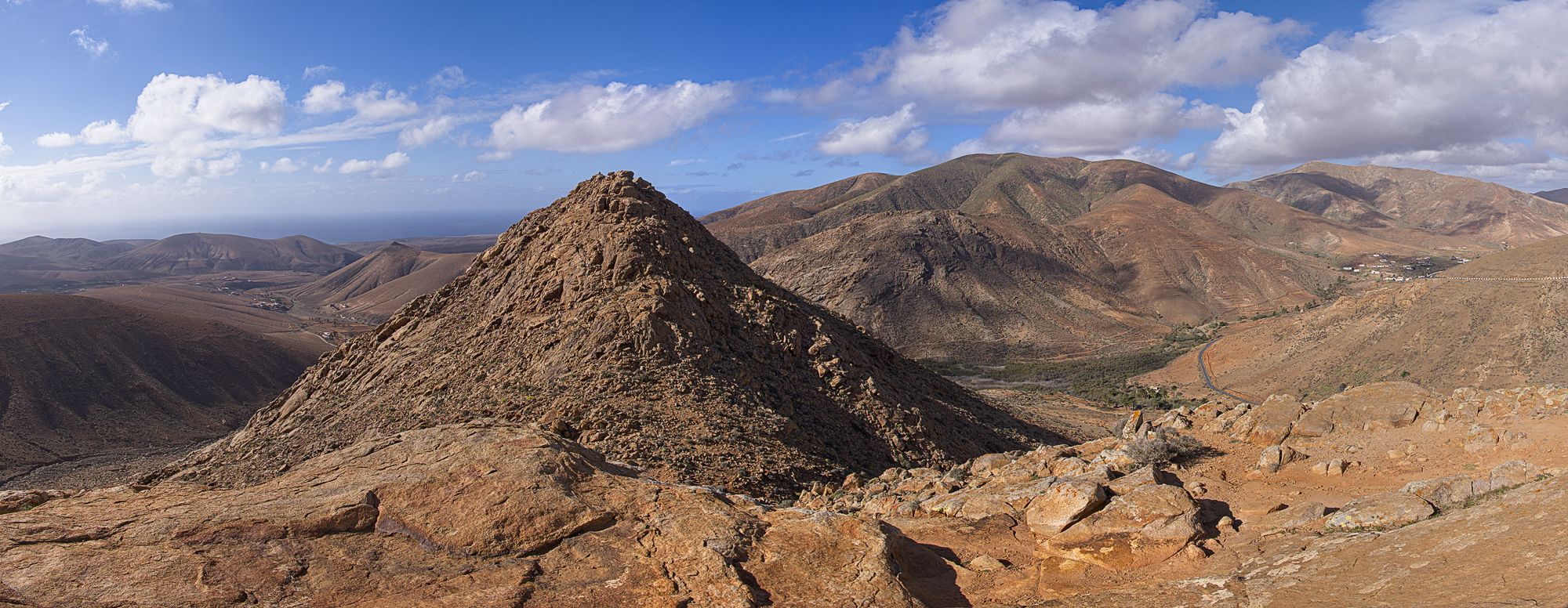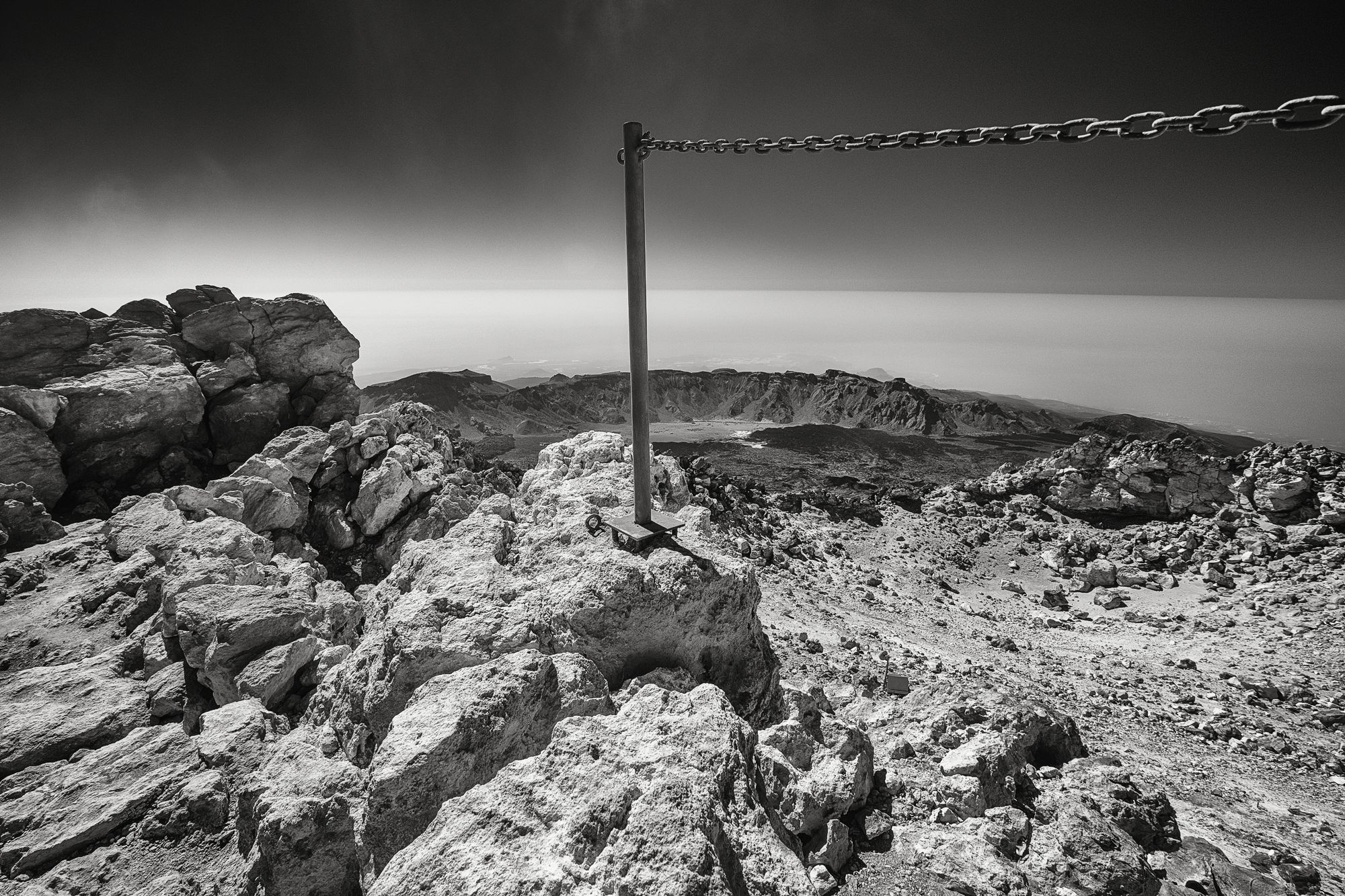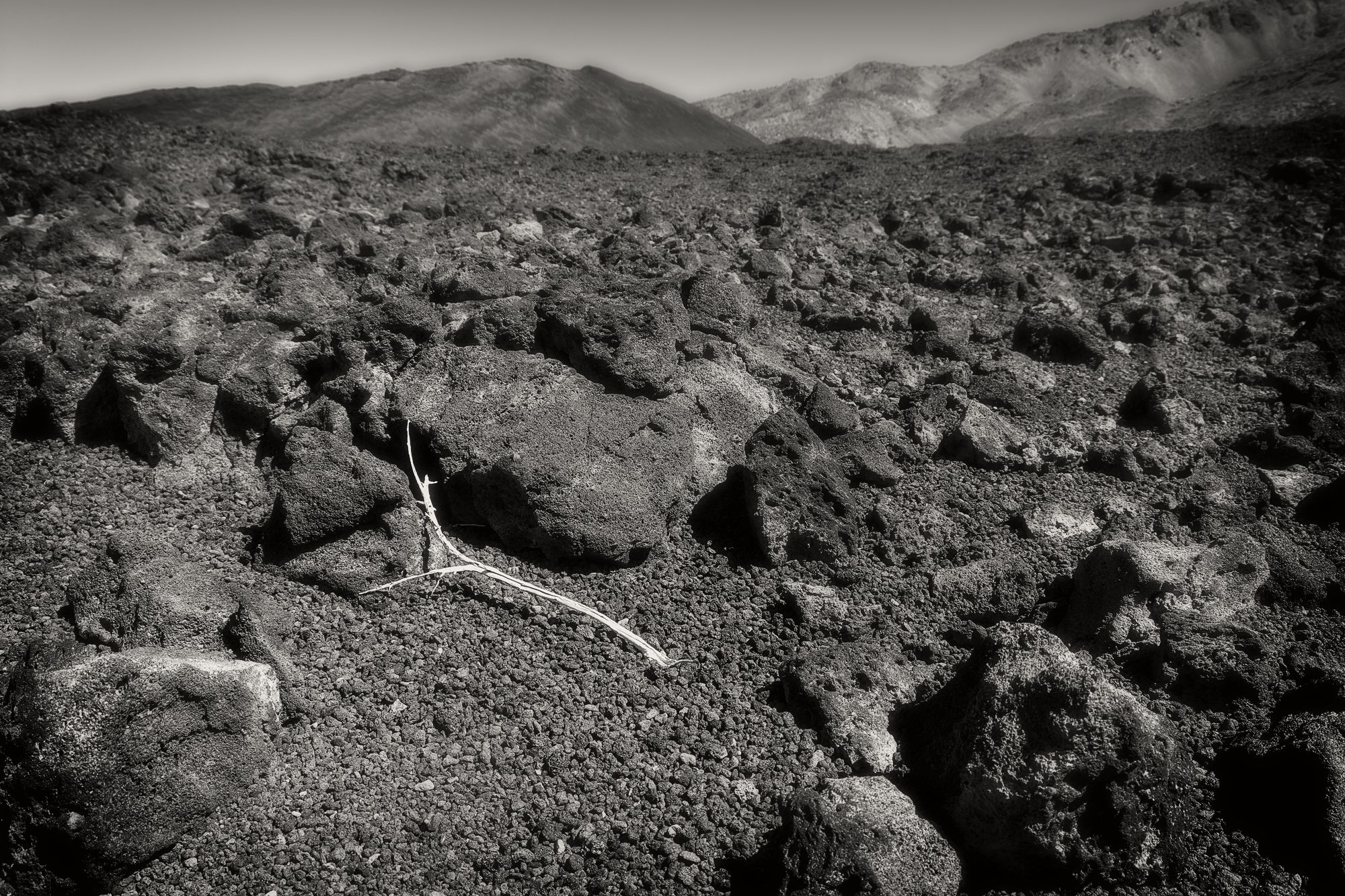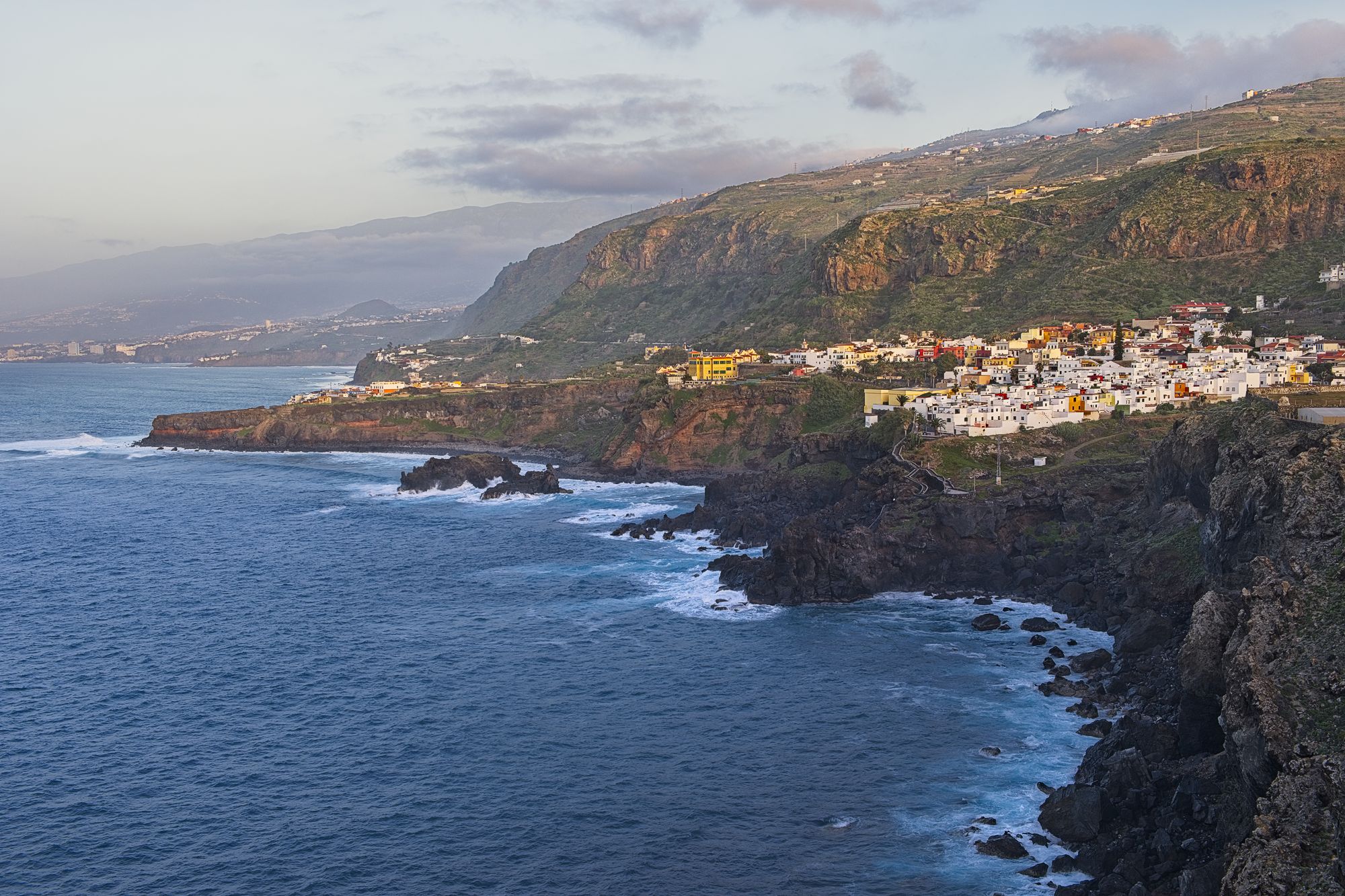It had been a year since I completed my first real travel test of my Fujifilm X-T20 and figured that it was time to put it through its paces again. This time I was headed for Spain’s Canary Islands. I used the same kit as my previous trek which included the X-T20 and 4 Fuji lenses (12-24mm, 18-55mm, 55-200mm and 23mm F2). This time I was travelling with a good friend of mine who had recently purchased the new X-T3 for his photographic “fix”.
The Canary Islands consist of 7 main islands which include a wide range of environments; from tropical jungles to volcanic waste lands to desert dunes. This time we were to visit four of the islands which included Gran Canaria, Fuerteventura, La Palma, and Tenerife.
The X-T20’s small form factor was again a welcome feature for this active trip. Ascending to the top of Mount Teide at an altitude of 12,198 feet the X-T20’s light weight was much appreciated. Although the X-T20’s rear display is not fully articulated, the fact that it can pivot up and down allowed me to shoot very low to the ground without having to lie across sharp volcanic rocks.
When at home during our harsh Canadian winters, I find that the X-T20’s size is too small to make adjustments with gloves on, but this small size was a welcome feature when shooting in the city streets of the Islands. With a 23mm prime mounted on the X-T20, I get shots that remind me of my film days with my Leica. Shots are extremely sharp and the camera is very responsive and quiet.
One technique I have started to use when shooting landscapes that require a large DOF is to use the Distance Indicator. Within the X-T20’s EVF a blue scale will show what range is in focus. I can then manually focus the camera to maximize DOF. No need to memorize hyper focal distances. This technique has been very accurate for me and I find that my landscapes have a greater depth of focus.
By now operation of the X-T20 has become second nature, so I don’t have to think very hard when making adjustments to fine tune my exposures. Fujifilm cameras are well known for producing fine jpegs, which allows me less post production work. For many years I shot with Nikon cameras and found that I had to process my images much more than with my Fujifilm camera. Even when I want to process an image more “creatively” I find that I can do a lot of this processing easily on my iPad.
One new trip accessory that came in handy was the Anker power bank which we used to remotely charge our camera batteries as well as phones. Charging through the cameras USB port is a great feature in the Fujifilm camera lineup. This was even more important for my mate’s X-T3, which seemed to drain faster than my X-T20.
I again backed up my pictures daily using a portable router and small hard disk. I then would download my images to my iPad and process them quickly using the Snapseed app. Although the images sent to my iPad were only 2Mb jpegs, I found the image quality was outstanding and more than adequate for quick social media postings. Still, I could not wait to see the raw files with my postprocessor software at home.
Post processing was done this time using ON1 2019.2. I found that the ON1 “Standard” camera profile produced more saturated colours with slightly more contrast than when viewing the same file in Lightroom or with ON1s “Fujifilm” simulations. I felt that it was more representative of what my eye had seen in real life. It is my opinion the ON1 processes the raw images from the X-Trans sensor better than my version of Lightroom Classic. Fujifilm blogger Thomas Fitzgerald in an article about X-Trans raw processors mentions that ON1 2018 tended to over-sharpen his raw images. I find that this can also be the case with ON1 2019.2. This is not such a problem when processing for the web, but it can be one when processing for large prints.
Although I used ON1 2019.2 for most of my processing I still have not found the perfect workflow that will work with all images. If the shot requires less processing, then ON1 works perfectly. If I desire more post processing then I will import my file into Lightroom, process it using Iridient X-transformer, then make general tonal adjustments in Lightroom before exporting to Photoshop for more advanced work. From time to time I still use the NIK collection (now owned by DXO) which uses control point technology for creating quick adjustment masks. It is important to note is that ON1 does a poor job of converting the raw image into a TIFF before sending it to the NIK package. If I want to use a NIK application like Silver Effects Pro I must first process it using Iridient X-transformer then open the resulting dng file into Photoshop to access the NIK plugins. This method produces much cleaner and smoother results.
Printing accuracy within ON1 is not ideal so I find that I am exporting my images to Lightroom’s print module if there is an image I wish to print. Having said that, ON1s resizing module does a great job of enlargements and a recent calibration using an X-rite colormunki produced promising results.
The Canary Islands provided some pretty harsh conditions for my photography equipment. With constant winds I found that I was being sand blasted regularly. With the island winds I found that dust was getting onto my sensor. Although the X-T20 is not heavily weather sealed, most of the dust was getting onto the sensor during lens changes in the field. Mirrorless cameras are much more susceptible to sensor dust than DSLR cameras which have a shutter and mirror protecting the sensor during lens changes. A second camera body would certainly result in fewer lens changes. It is definitely time to purchase a second body, the new X-T3 will complement the kit nicely. Its video capabilities would be a big upgrade to the X-T20 as well.
I have travelled quite extensively over my life time and I am still amazed that I come across such beautiful landscapes. At times I feel overwhelmed when trying to take it all in. Photography provides a means of capturing that space and through artistic license I can enhance what I experienced even more. I find that the Fujifilm X Series gives me that perfect tool to work with.



